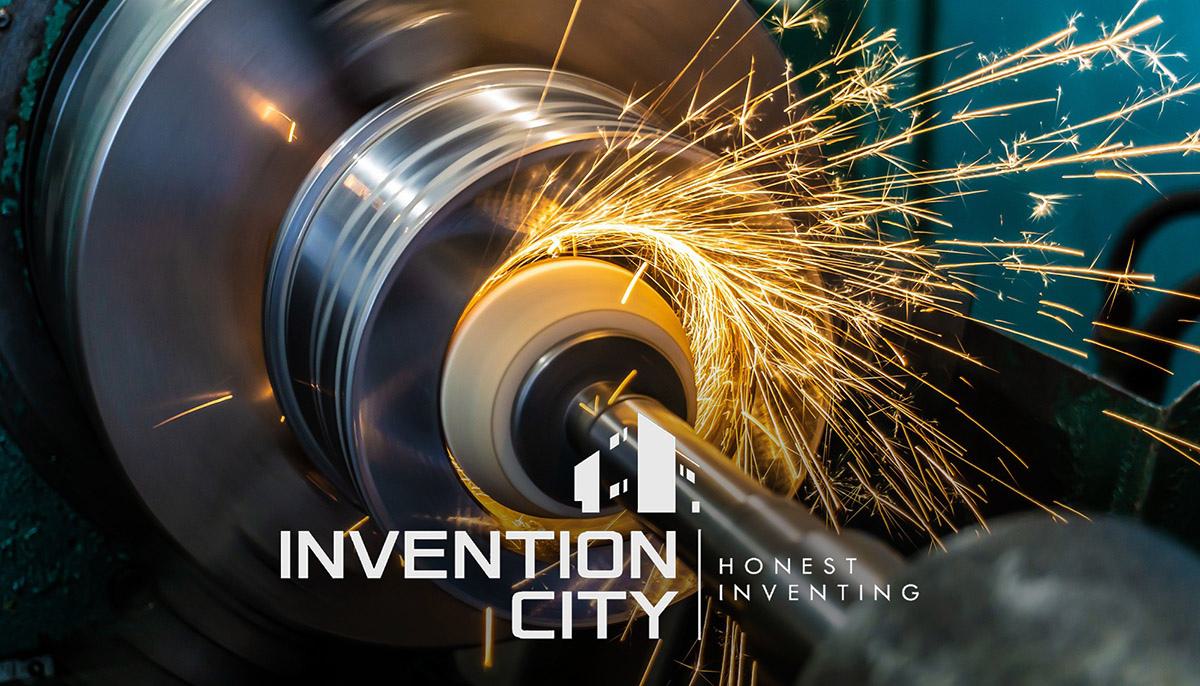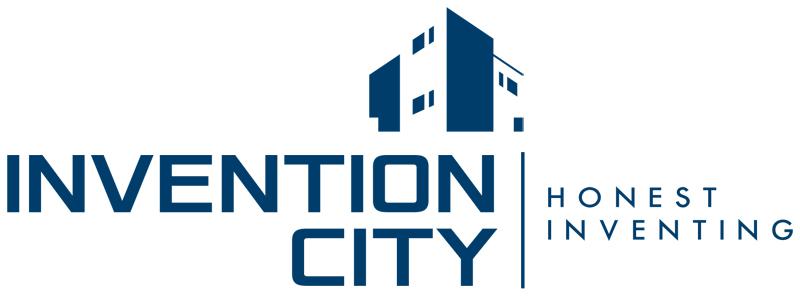Manufacturing an Invention
An idea makes no money until it is produced and sold in multiple units.

The difference between an idea and a product is manufacturing.
If you are looking for a company to license your invention and pay you royalties, we recommend a Brutally Honest Review. If you are looking for help in having your product mass manufactured so you can sell it to others, please fill out the confidential contact form below:
Manufacturing is a broad term for making copies of a product and covers a wide range of technologies. Understanding the options of how your idea can be manufactured can put additional money in your pocket if you make your product yourself and make it both easier to license your idea and get a higher royalty. With a firm understanding of costs and time frame you'll be able to speak intelligently with investors. Last but far from least, as your idea is engineered for manufacturing, you may find new ways to patent and protect it. In summary, knowing the manufacturing process for your invention can help you increase your idea's chances for market success.
Manufacturing encompasses a wide range of processes and technologies. For something simple like a knit hat, you may find yourself looking into sources for 1) wool, 2) spinning the wool into yarn, 3) knitting the yarn into hats, 4) labels that are sewn into the hats, 5) material for hang cards that tell the product's story, which are 6) printed and cut, with 7) UPC codes created for each unique product style, size and color, 8) pin or thread or cord to attach the card, 9) bags or boxes to protect the hats individually, 10) cartons for shipping packaged hats to customers, 11) shipping labels to attach to the cartons, 12) warehouse to store your hats and 13) shipping companies to move your supplies and finished goods. That’s a baker's dozen of sources for one of the most simple products there is. If your product is a cell phone your suppliers will number in the hundreds.
In manufacturing any product you have choices on materials and how to make it. Your choices will be a reflection of your target market and the price points you are trying to reach. Many of the new rapid prototyping/3D printing technologies are great for high end, custom manufacturing. At the high end there’s a lot of room for hand work too. If your invention is a mass market consumer product automated processes will be needed.
One of the huge benefits of working with professional industrial designers is that they can guide you through the many choices and tradeoffs that must be made. When choosing an industrial designer be sure that the one you select has recent experience with products similar to yours. New materials and new processes become available all the time and some may be especially relevant to your invention idea. If you speak to manufacturing sources yourself (a fantastic way to learn) be aware that they will look at your product from the perspective of the kinds of solutions they offer: to a hammer everything looks like a nail.
Testing is a final aspect of the manufacturing process that should be considered as well. You'll want to confirm that the product performs as intended before you begin selling it in large quantities. Some testing can be performed by manufacturing sources, but you will need to arrange field (user) testing yourself.
Successful inventing requires more than thinking up a novel, useful and patentable new product. The new product needs to be manufactured and sold at a price people will pay. Quality matters too. One of the best ways to make money as an inventor is to invent ways to reduce the cost and improve the quality of an existing product that has already been proven.
Manufacturing Processes
Manufacturing processes can be broken down into the broad categories that follow. When production quantities are low and success is uncertain you may use one process that costs more per unit but far less up front. When quantities grow it's easier to justify investment in high production tooling to enable lower costs. Likewise, as you switch from one process to another you may change the materials you use.
- 3D Printing - Metals, Plastics. A computer model is rendered into a physical model. Many different methods.
- Casting - Metals, Plastics, Waxes and Foods. Liquids fill a mold shape and become solid.
- Stamping - Metals are punched and stretched into shapes that fill a die block (often progressively).
- Rolling - Metals, Foods. Thicker sheets of materials are rolled into thinner sheets.
- Forging - Metals. Hot metals are hammered into shapes.
- Molding - Metals, Plastics, Foods. Liquid or soft materials are pushed or pressurized into into molds and hardened.
- Extruding - Metals, Plastics, Foods. Soft materials are pushed through a shape and hardened.
- Machining - Metals, Plastics, Wood. Creating shapes by removing material.
- Cutting - All Materials. Cutting a larger piece into smaller pieces. Many different cutting techniques from sawing to water jets and lasers.
- Joining - All materials. Fusing, welding, gluing, press-fitting, co-molding, riveting, sewing, screwing, bolting.
- Finishing - All Materials. Heat treating, grinding, plating, anodizing, passivating, electrocoating, polishing, painting.
- Final Assembly - Parts from multiple suppliers are assembled to create the final product using a range of technologies
- Inventory / Supply Chain Management - See that necessary parts are on hand when needed while minimizing costs
Find Manufacturers
SOURCING is the term for finding the supplier(s) who will make the product. You might hire one company to act as a sort of general contractor and function as a single source or you may handle it all on your own. In order to begin sourcing you need a final design in the form of a CAD model and/or drawings along with specifications. An industrial designer can create the drawing package you will need for sourcing.
- Looking for a manufacturer to license or make your invention? Contact info@inventioncity.com for a free consultation or use the contact form below.
- MFG.com - Post RFQs and get quotes from multiple sources at no cost.
- Quality Trade - Find quality certified manufacturers and parts suppliers in wide range of categories.
- Alibaba.com - Find products and parts from sources primarily in Asia.
- ThomasNet - Comprehensive listings of manufacturers and related service providers.
- GlobalSources.com - Locate manufacturers in the U.S, Asia, Europe and around the world. Search by product or by country.
- MacRae's Blue Book - Find components and service providers.

share this article: facebook